I am writing a Blinn Phong (LearnOpenGL tutorial) lighting and trying to get gamma corrected colors as final result.
Before i start digging about gamma correction, my lighting looks like this:
Then i spend all day reading about sRgb colorspace, and what is its meaning. I came up to conclusion that having gamma corrected colors results in better lighing quality.
I dont wanna bother myself with manually adjusting gamma in fragment shader. I can let opengl do it with enabling GL_FRAMEBUFFER_SRGB, and requesting sRgb capable framebufer.(?)
This is with enabled GL_FRAMEBUFFER_SRGB and textures loaded in GL_RGB format:
This is expected results. Colors a more brighter, because sampled textures are color corrected twice.(?)
This is with enabled GL_FRAMEBUFFER_SRGB and textures loaded in GL_SRGB format:
 This is unexpected results. Everything is too dark, and no diffuse color visible, only specular.
This is unexpected results. Everything is too dark, and no diffuse color visible, only specular.
My question is:
To let opengl do gamma correction on its own (according to LearnOpenGL tutorial), i need to:
• have a framebuffer with SRGB support;
• load textures with SRGB flag;
What im doing wrong, or maby i miss something important?
Update: diffuse texture loaded with GL_SRGB format, while specular in GL_RGB. In last image it seems like diffuse color is totally attenuated(?), while specular sampled as expected. My attenuation function is:
float attenuation = max(1.0 - distance / light.radius, 0.0);

